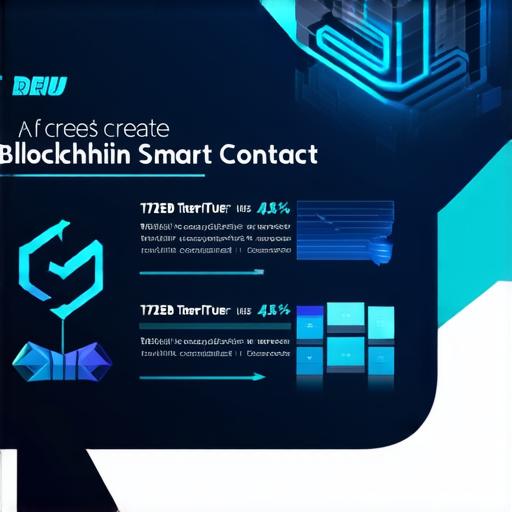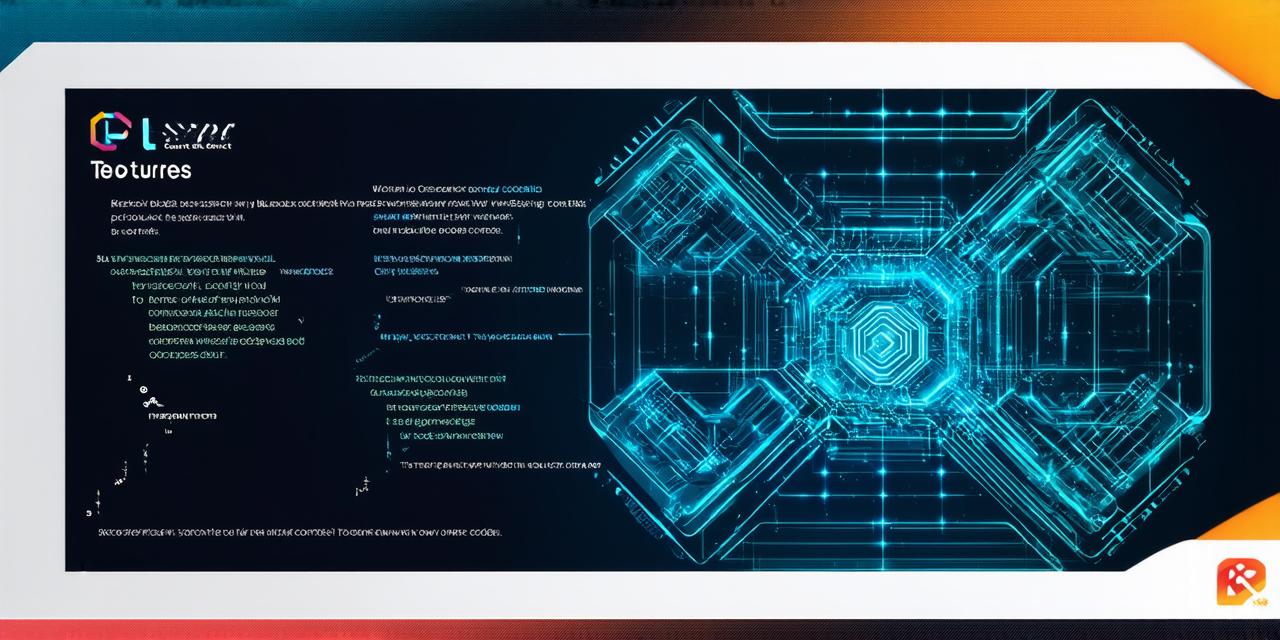Introduction
Blockchain technology has revolutionized the way we store and share data, making it more secure, transparent, and decentralized. One of the most significant benefits of blockchain is its ability to automate complex processes using smart contracts. Smart contracts are self-executing agreements that are stored on the blockchain and can be programmed to automatically execute when certain conditions are met. In this article, we will explore how to create a blockchain smart contract, covering everything from the basics to advanced features.
The Basics of Smart Contracts
Smart contracts are self-executing agreements that are stored on the blockchain. They can be programmed to automatically execute when certain conditions are met, such as the transfer of funds or the delivery of goods. Smart contracts are created using a programming language called Solidity, which is similar to Java and C++.
To create a smart contract, you will need to have a basic understanding of blockchain technology and programming concepts. You will also need to have access to a blockchain platform, such as Ethereum, where you can write and deploy your smart contract.

The Structure of a Smart Contract
A smart contract consists of several components, including variables, functions, modifiers, events, and storage. Variables are used to store data, while functions are used to perform actions on that data. Modifiers are used to control access to the contract’s functions, while events are used to notify external parties when certain conditions are met. Storage is used to store the smart contract’s state.
To create a smart contract, you will need to define the variables and functions that will be used to execute the agreement. You will also need to specify any modifiers or events that will be used to control access and notify external parties. Once you have defined the structure of your smart contract, you can deploy it on the blockchain using a platform such as Ethereum.
Advanced Features of Smart Contracts
Smart contracts offer many advanced features that can be used to create complex agreements. These include:
- Conditional logic: This allows you to specify conditions that must be met before an action is executed. For example, you could use conditional logic to ensure that a payment is only made if certain conditions are met, such as the delivery of goods.
- Loops: This allows you to execute a set of actions repeatedly until a specific condition is met. For example, you could use loops to automatically generate invoices for customers who have made purchases on your platform.
- Arrays and maps: These allow you to store and manipulate collections of data. For example, you could use arrays to store information about products in your online store, or maps to store information about users and their purchases.
- Security features: Smart contracts can be programmed with security features such as encryption and access controls to protect sensitive data and prevent fraud.
Case Studies and Personal Experiences
One of the best ways to learn how to create a blockchain smart contract is by looking at real-life examples. Here are some case studies and personal experiences that can help you understand how smart contracts work:
- Decentralized Autonomous Organizations (DAOs): DAOs are organizations that are run using smart contracts. They are self-governing and operate transparently on the blockchain. For example, the DAO of the popular cryptocurrency EOS was created using a smart contract that automatically executes when certain conditions are met.
- Supply Chain Management: Smart contracts can be used to automate complex supply chain processes, such as invoicing and delivery tracking. For example, Maersk, a global shipping company, has partnered with IBM to create a blockchain-based platform that uses smart contracts to streamline the supply chain process.
- Personal Experiences: Many developers have shared their experiences with creating smart contracts on online forums and communities. These experiences can provide valuable insights into the challenges and rewards of creating a blockchain smart contract.
Creating Your First Smart Contract
Now that you have an understanding of the basics and advanced features of smart contracts, it’s time to create your first smart contract. Here are the steps you should follow:
- Choose a blockchain platform (e.g., Ethereum) and set up your development environment.
- Learn Solidity by following tutorials or taking courses online.
- Write your smart contract using Solidity, defining variables, functions, modifiers, events, and storage as needed.
- Test your smart contract to ensure it works as intended.
- Deploy your smart contract on the blockchain platform you chose in step 1.
- Monitor and update your smart contract as needed.
